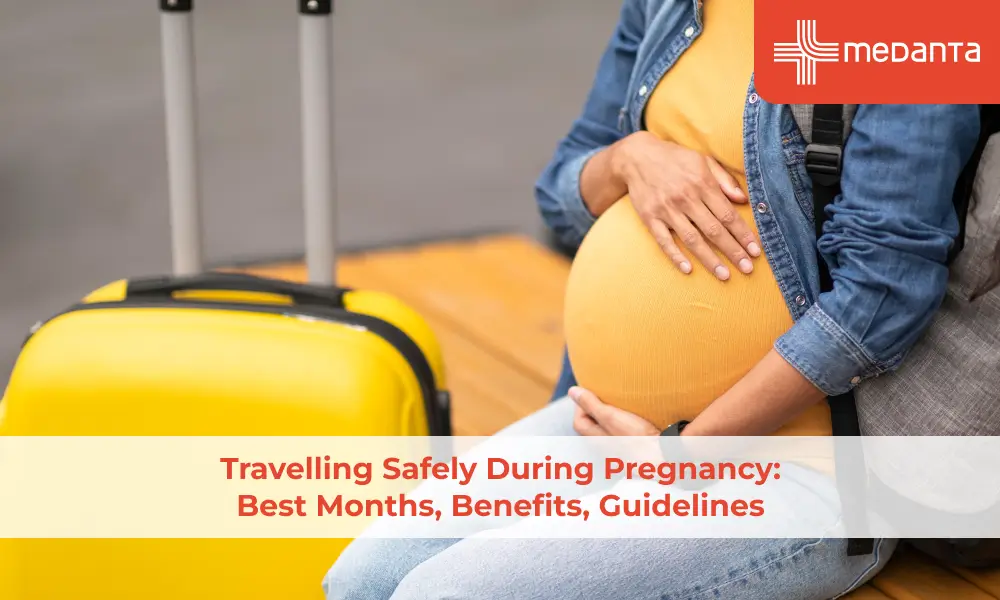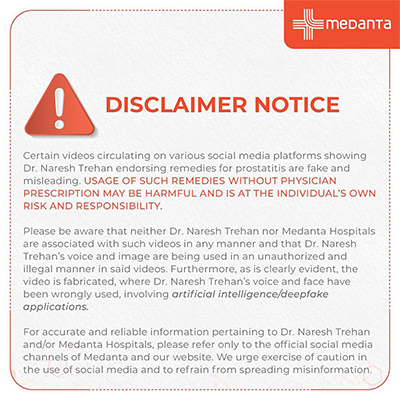Travelling Safely During Pregnancy: Best Months, Benefits, Guidelines

TABLE OF CONTENTS
- Safe Months for Travel During Pregnancy
- Benefits of Travelling in the Second Trimester
- Air Travel Guidelines for Pregnant Women
- Car Travel Tips and Safety During Pregnancy
- Precautions and Preparations for Travelling While Pregnant
- When to Avoid Travel During Pregnancy
- Managing Discomfort and Risks While Travelling Pregnant
- Conclusion
- FAQs
Pregnant women often ask about safe travel times and the work to be done before their trip. Many moms-to-be worry about the right time to book flights or plan road trips. Doctors say the second trimester (14 to 28 weeks) offers the safest time to travel. Women without pregnancy complications can safely fly until they reach 36 weeks. The risks increase during flights, especially when you have blood clots in the legs (venous thrombosis). Studies show long-distance flights can double or triple this risk.
This article covers everything expectant mothers should know about travel timing. You'll learn the benefits of second-trimester travel and safety guidelines that ensure comfortable
Safe Months for Travel During Pregnancy
Doctors say each pregnancy phase affects your ability to travel differently. The second trimester is the best time to take trips, particularly from weeks 14 to 28. This middle period gives moms-to-be several advantages. They usually feel their best during this time and face lower risks of miscarriage or premature labour.
Most moms avoid travelling during the first 12 weeks of their pregnancy. Morning sickness and extreme fatigue make this early phase challenging. The risk of miscarriage is also higher during these original months, whatever your travel plans might be.
The third trimester (28-40 weeks) comes with its own set of guidelines. Doctors suggest staying within 300 miles of your home. This helps manage potential risks like high blood pressure, phlebitis, and false or preterm labour.
Airlines have specific rules about flying during late pregnancy. They don't allow women to fly after 36 weeks on domestic trips and after 28-35 weeks for international flights. Some airlines let you fly between weeks 28-36 if you have a doctor's note confirming your pregnancy is complication-free.
Your decision to travel should always involve both you and your doctor. This partnership becomes even more vital if you have a high-risk pregnancy.
Benefits of Travelling in the Second Trimester
The second trimester shines as the "golden period" for pregnant travellers. This sweet spot between early pregnancy challenges and late-term discomforts runs from week 14 to week 28. The American College of Obstetricians and Gynaecologists considers this period the safest time for pregnant women to travel.
Why the second trimester stands out:
Morning sickness usually goes away, which leads to more comfortable experiences
Your energy levels rise compared to other pregnancy phases
Pregnancy emergencies and miscarriage risks drop to their lowest
Late pregnancy fatigue hasn't kicked in yet

Air Travel Guidelines for Pregnant Women
Pregnant women need to think about extra precautions when flying beyond basic travel guidelines. Airlines allow pregnant passengers to fly until 36 weeks for single pregnancies & 32 weeks for multiple pregnancies. Notwithstanding that, airline policies differ—checking requirements before booking becomes essential.
Medical documentation from your doctor becomes necessary after week 28. Your "fit to fly" certificate should confirm your due date and show no complications. Airlines have varying timeframes for this documentation—some need it just 3 days before travel, while others accept it within a week.
Tips to stay safe and comfortable on your flight:
Keep the seatbelt snug under your stomach the whole time.
Drink plenty of water to avoid feeling dried out in the cabin.
Get up and walk around every 30 minutes to reduce the chances of blood clots.
Wear compression socks to improve blood flow in your legs.
Avoid eating foods that cause gas before flying. Gases can expand at high altitudes.
Flights over 4 hours raise the risk of blood clots. If walking isn't an option, flex your ankles often and do leg stretches.
Car Travel Tips and Safety During Pregnancy
Pregnant women have more control during road trips compared to flying. A car's flexibility allows them to make frequent stops, adjust their position comfortably, and get quick medical help when needed.
Your driving comfort depends on proper seat adjustment. The seat should be as far back from the steering wheel as possible while you retain control. The steering wheel works better when tilted downward, away from your belly.
Proper seatbelt placement is significant:
Place the lap belt below your bump across your hip bones, never across your belly
Position the shoulder belt between your breasts and off to the side of your uterus
Doctors suggest limiting your daily driving time to 2 hours. Regular breaks every hours help prevent blood clots and reduce back strain. These stops give you time to stretch, walk around and use the bathroom.
Hydration plays a vital role. Your body's dehydration directly connects to uterine contractions. Pack plenty of water and healthy snacks to keep you going throughout your trip.
Precautions and Preparations for Travelling While Pregnant
Expectant mothers need good preparation when planning trips.
Essential items to pack include:
Your maternity medical records (handheld notes) that you'll need for emergency care
A doctor's letter showing your due date (required after 28 weeks)
Prenatal vitamins and prescribed medications
Healthy snacks and a reusable water bottle
Anti-bacterial hand gel and wipes to stay clean
Research healthcare facilities at your destination before you leave. Look for medical centres that can handle pregnancy complications and emergency caesarean sections.
Blood clot risks increase on long trips, especially flights that last more than four hours. You can reduce this risk by moving around every 30 minutes and flexing your ankles. Compression stockings might help, too.
Staying hydrated is crucial. Stick to bottled water if you're unsure about tap water safety.
When to Avoid Travel During Pregnancy
Doctors advise their patients to avoid travelling if they have these pregnancy complications:
Preeclampsia (high blood pressure)
Premature rupture of membranes (PROM)
History or threat of preterm labour
Incompetent cervix or history of miscarriage
Multiple foetuses in the current pregnancy
History of blood clots in vessels.
Air travel needs extra caution when you have conditions like severe anaemia, poorly controlled diabetes or hypertension. Airlines won't let you fly after 36 weeks.
Your destination choice plays a crucial role. Medical experts say you should avoid places with:
High altitudes (exceeding 3,658 metres/12,000 feet)
Malaria transmission zones
Zika virus risk areas that can seriously harm developing babies
Areas where medical care might be limited
Managing Discomfort and Risks While Travelling Pregnant
Pregnant moms face real challenges with physical comfort during travel. At the time of pregnancy, proper blood flow becomes vital since you're more likely to develop blood clots, especially on trips that last more than four hours.
You can reduce your risk of clots by taking these steps:
Move your ankles often while sitting
Take hourly walks to stretch your legs
Put on compression stockings to help blood flow
Keep drinking water throughout your trip
The right position helps you avoid unnecessary discomfort. Your seatbelt should go under your bump, not across it. This keeps you and your baby safe without putting pressure on your growing belly.
Take your maternity notes with you on every trip - these documents help doctors give you the right care if you need quick medical help. Knowing where to find healthcare at your destination brings peace of mind.
Look out for signs that need immediate medical care: vaginal bleeding, stomach pain, contractions, water breaking, bad headaches, vision problems, extreme swelling, or ongoing vomiting.
Food safety needs extra attention. Stay away from raw cheeses, keep perishable foods cold, and drink bottled water if you're unsure about tap water safety.
Your body works harder during pregnancy, so take plenty of breaks to stay comfortable on your trip.
Conclusion
Expectant mothers can plan their trips and enjoy meaningful travel. The best time to travel falls during the second trimester. Mothers-to-be enjoy reduced nausea, higher energy levels, and minimal risk of complications between 14-28 weeks. This gives them freedom to explore before mobility becomes restricted.
Every pregnancy is different. Pregnant travellers should get their doctor's approval before planning trips. Personal medical advice works better than general guidelines.
Expectant mothers can fulfil their wanderlust safely with the right knowledge, timing, and precautions. The secret lies in finding the sweet spot between adventure and caution. Knowing the right time, places to avoid, and ways to travel comfortably makes this special time more enjoyable.
FAQs
Is it safe to travel during the second trimester of pregnancy?
Yes. The second trimester (14-28 weeks) is the safest. Most moms-to-be feel their best during these weeks with more energy, less morning sickness, and better mobility. This period also has the lowest chance of pregnancy complications or emergencies.
Which months are considered safest for travel during pregnancy?
The sweet spot for pregnancy travel falls between 4-6 months. Your body adapts well to pregnancy during weeks 14-28, and you can still move around comfortably. Travel becomes trickier after week 28 as your baby bump grows.
Can I fly during pregnancy, and are there any restrictions?
Airlines let you fly until week 36 for domestic trips and between weeks 28-35 for international flights. You'll need your doctor's note confirming your due date after week 28. Make sure to check with your doctor before booking flights, especially if you have conditions like placenta previa or clotting disorders.
What precautions should I take when travelling by car while pregnant?
Your seatbelt position matters - keep the lap belt under your bump and across your hip bones, never on your belly. Take regular breaks to stretch and walk around. Keep a water bottle handy during your trip. Long trips over 4 hours? Compression stockings might help.
What are the best practices for long-distance travel during pregnancy?
Move around every 30 minutes during trips longer than 4 hours. Simple exercises like foot rotations help while seated. Water should be your best friend. Skip gassy foods before flying. Pack your pregnancy documents and medical records just in case.
When should pregnant women avoid travelling?
Some conditions mean you should stay home: preeclampsia, premature membrane rupture, previous preterm labour, vaginal bleeding, multiple pregnancies, or uncontrolled diabetes/hypertension. Skip places with disease outbreaks, high altitudes above 12,000 feet, or those needing live virus vaccines. Most doctors suggest staying within 300 miles of home after week 28.






